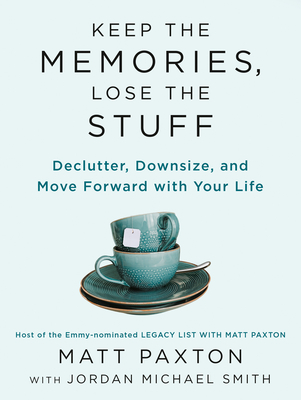 Keep the Memories, Lose the Stuff: Declutter, Downsize, and Move Forward With Your Life by Matt Paxton, Jordan Michael Smith
Keep the Memories, Lose the Stuff: Declutter, Downsize, and Move Forward With Your Life by Matt Paxton, Jordan Michael Smith Published by Portfolio on February 8, 2022
Genres: House and Home, Self-Help
Pages: 320
Format: Paperback
Source: the library
Purchase: Amazon | Barnes & Noble | Audible | Chirp
Add to Goodreads

America's top cleaning expert and star of the hit series Legacy List with Matt Paxton distills his fail-proof approach to decluttering and downsizing.
Your boxes of photos, family's china, and even the kids' height charts aren't just stuff; they're attached to a lifetime of memories—and letting them go can be scary. With empathy, expertise, and humor, Keep the Memories, Lose the Stuff, written in collaboration with AARP, helps you sift through years of clutter, let go of what no longer serves you, and identify the items worth keeping so that you can focus on living in the present.
For over 20 years, Matt Paxton has helped people from all walks of life who want to live more simply declutter and downsize. As a featured cleaner on Hoarders and host of the Emmy-nominated Legacy List with Matt Paxton on PBS, he has identified the psychological roadblocks that most organizational experts routinely miss but that prevent so many of us from lightening our material load. Using poignant stories from the thousands of individuals and families he has worked with, Paxton brings his signature insight to a necessary task.
Whether you're tired of living with clutter, making space for a loved one, or moving to a smaller home or retirement community, this book is for you. Paxton's unique, step-by-step process gives you the tools you need to get the job done.
Keep the Memories, Lose the Stuff: Declutter, Downsize, and Move Forward With Your Life
Keep the Memories, Lose the Stuff has more specific, practical advice than I expected, while also validating one of the main reasons people find decluttering and downsizing so difficult: all the memories and emotions connected to physical objects. I found it so helpful that I bought my own copy (after borrowing it from the library.)
Paxton offers a number of practical tips, whether you’re decluttering, downsizing for a move, helping someone else with those tasks, or clearing out after someone’s death. The tips range from general getting-started tactics to specifically how and where to sell, give away, or dispose of certain items and how to choose a mover—complete with resources, which are invaluable in and of themselves.
For example, photographs and documents can be among the hardest things to let go of. Paxton suggests digitizing them so you still have them; you can even display them on a smart TV or digital photo frame. He gives the names of several services that can digitize or even manage your photos for you. He also tells you exactly which documents you absolutely should keep in hard copy, and has some good ideas about which types of photos to keep or let go of. And he points out the importance of leaving a record of what those photos represent. Who is in them? What special occasions do they represent? Without that record, the meaning of the photo may someday be lost; with it, the photo tells a story.*
But the biggest takeaway for me is Paxton’s approach to the emotional challenge of decluttering and downsizing. He suggests you can deal with the charged emotions of letting go of things by honoring those feelings and telling (or listening to) the stories associated with the objects. It’s clear to me that honoring the feelings and telling the stories means giving yourself time to feel and remember, which can actually help you deal with the feelings instead of avoiding them. (This isn’t a short process, and if you have time, he suggests beginning well ahead of when you need to—but also making a schedule and sticking to it.)
The other concept I really love is the Legacy List: the five objects that are most important to you to keep because of the memories they evoke, the stories they tell. Five does feel like an arbitrary number to me, but I think you can adapt the concept to fit your needs and space… just as you can some of the other ideas in this book. (Just keep your eye on the goal. Expanding the list from five to ten or even fifteen is one thing; using “keep it for the memories” to justify keeping everything obviously misses the whole point.)
Some reviewers have complained that the book doesn’t tell you how to deal with the emotions involved in letting things go. I have to wonder if some of them are looking for a way to avoid feeling sad or uncomfortable about letting go of things. It seems to me that Paxton’s approach doesn’t avoid those feelings, but rather helps transform them: by telling the stories you associate with an object, you honor the memories and relive the joy, the pride, the love. You feel those instead of or perhaps along with the grief. And I believe that can help you see that you don’t lose those memories by letting go of an object… or that you can keep just a few objects to remind you, instead of everything. That’s something I want to keep in mind as my husband and I work on streamlining 30 years of accumulated stuff.
That said, this book isn’t about how to deal with deep grief. If you are clearing out the home or belongings of a loved one who has recently died, or if circumstances have forced you into a move you don’t want to make and weren’t ready for, you are going to be grieving, and your grief can definitely make that task much harder. But what the book does offer are some ways to approach making those difficult choices about what to keep and what to let go, even in the midst of your grief.
This isn’t necessarily a book about minimalism, either, although people trying to achieve a minimalist lifestyle may find it useful. The book is for anyone looking to declutter or downsize—whether you’re moving, merging households, going into a retirement community or assisted living, dealing with someone’s estate, or just trying to cope with all the stuff that has built up in your current home. Utlimately, how much you decide to keep depends on your goal and your available space. The title really says it all: Keep the Memories, Lose the Stuff: Declutter, Downsize, and Move Forward With Your Life.
*Digitizing our older photos is something my husband and I had already begun doing, well before reading this book. And we’ve started doing something similar for some of our physical objects as well: photographing a special item before we let go of it.
Digitizing is also one way I’m dealing with the prospect of downsizing my book collection. For years, I have been watching Kindle sales for the authors I love, so that by this time, I have already duplicated a lot of my favorite books. That makes it easier to let go of a physical copy when the print gets too small for me.
Challenges: Library Love Challenge 2023.
Reading this book contributed to these challenges:
- Library Love Challenge 2023


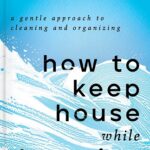











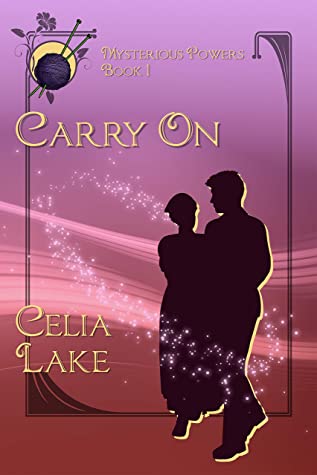

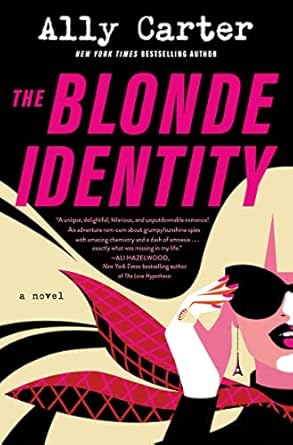
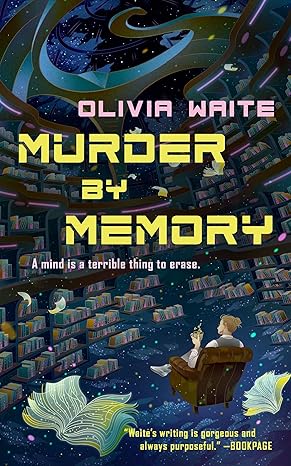
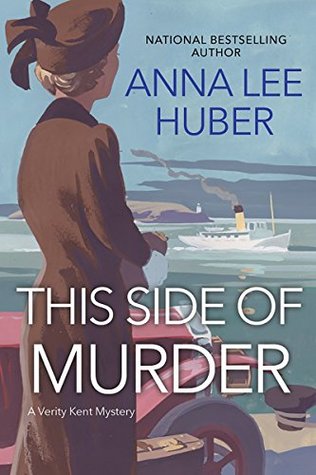
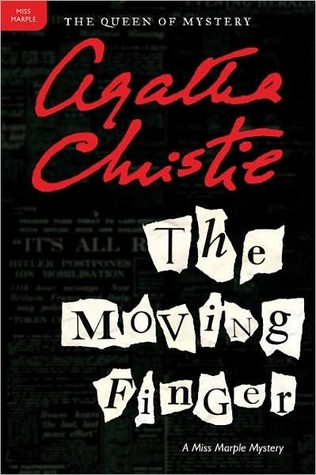
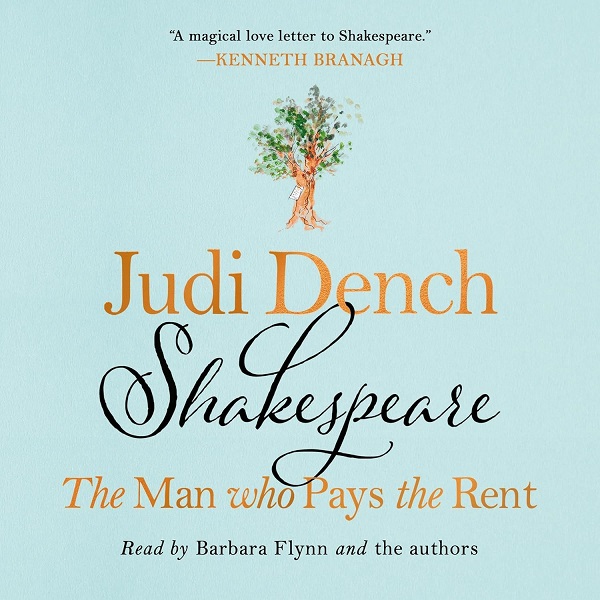
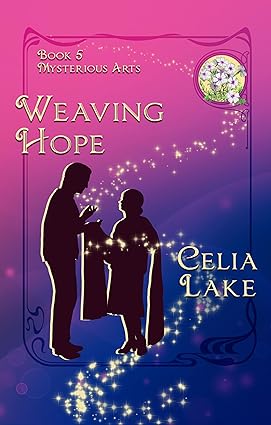
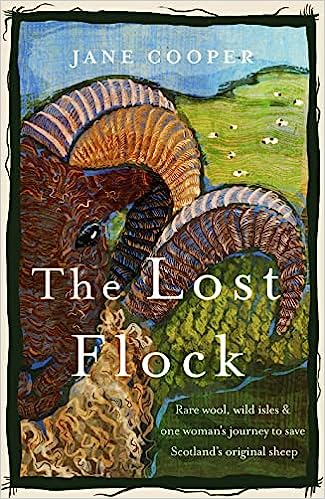
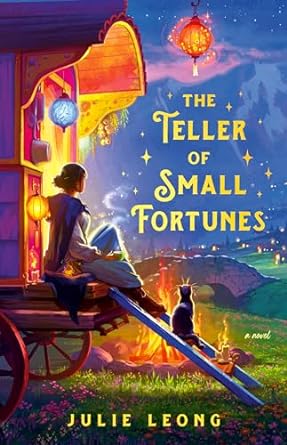
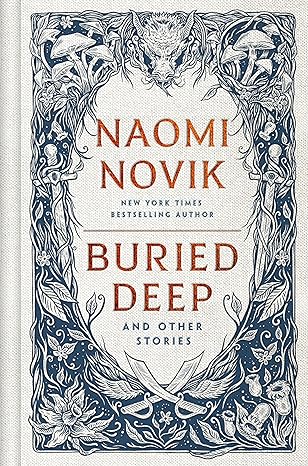
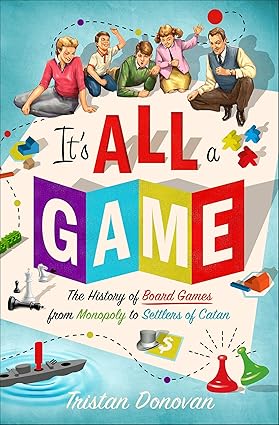
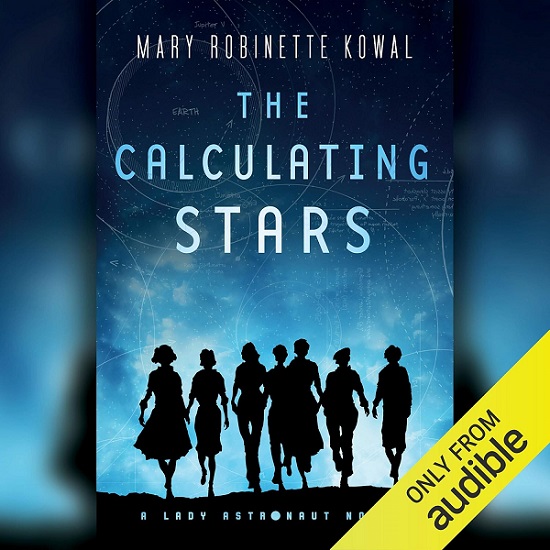
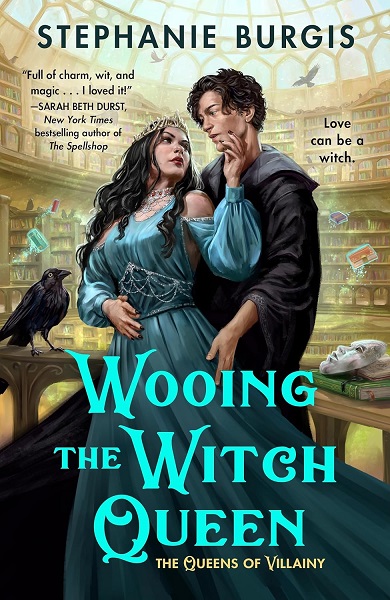
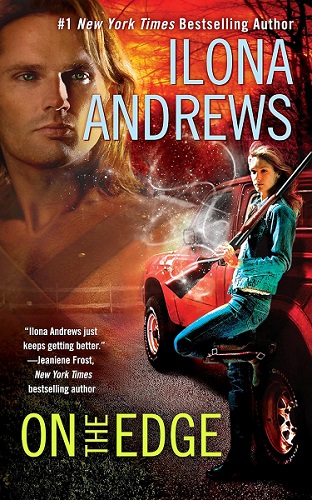
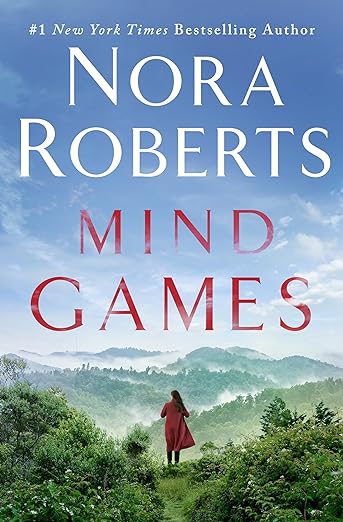
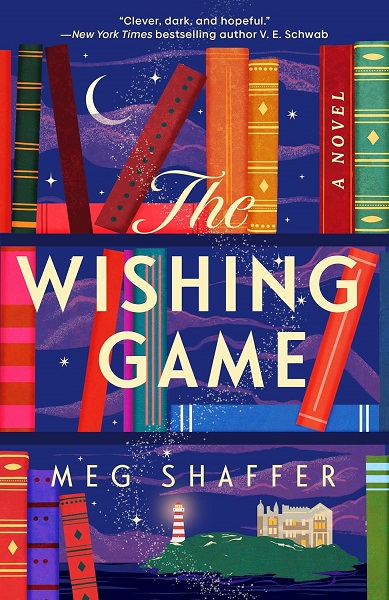
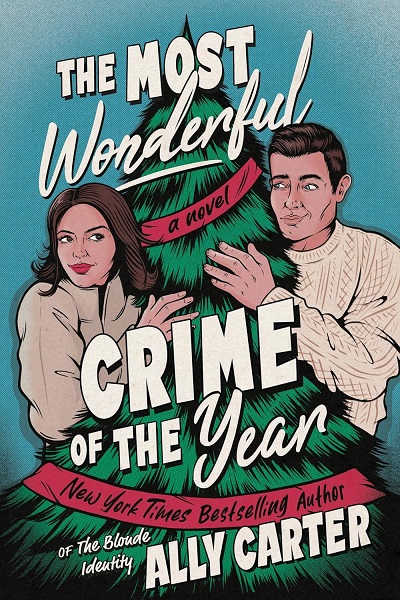
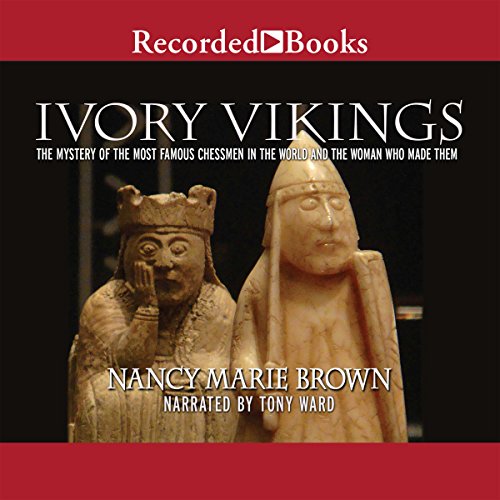

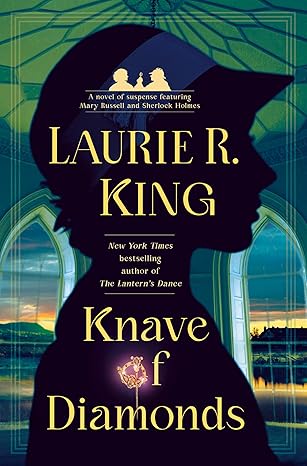
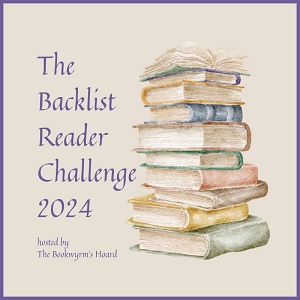



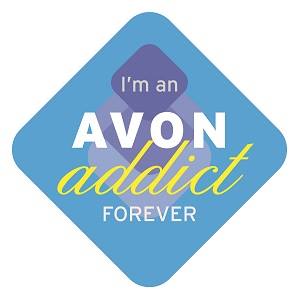

Anne - Books of My Heart
Excellent title! We all need to do some of it. Great review!
Anne – Books of My Heart recently posted…🎧 One Last Kill by Robert Dugoni @robertdugoni #Thomas-Mercer @esuttonsmith #BrillianceAudio #LoveAudiobooks #KindleUnlimited🎧
Nicole @ BookWyrmKnits
This sounds like it has some important stuff in it. Though a lot of what you / the summary said reminds me a LOT of Marie Kondo’s books, just aimed at an American reader. I’m curious to pick this up and see if the comparison also stands in the text.
I’ve been digitizing a lot of my things, too. It’s one way to declutter my living space, but it’s also a way to preserve the thing! For example, a lot of old photos won’t stand the test of time as well as we’d like them to. (Just remember to do digital back-ups.)
Nicole @ BookWyrmKnits recently posted…FO Friday: Rainbow Vanilla Latte Socks
Lark_Bookwyrm
Having read Marie Kondo, I really didn’t see that much comparison, beyond the fact that both books are written by people who embraced the minimalist lifestlye (though Paxton’s approach isn’t minimalist in and of itself.) There’s a lot more practical advice about moving, selling or donating, and going through other people’s stuff in Paxton’s book; Kondo’s focuses more on taming your own clutter. Both of them pay attention to emotion, but in very different ways. Kondo says to get rid of what doesn’t give you joy, and gives a few ideas for how to counteract some of the emotional objections people have to letting go of things, but Paxton seems to have a better understanding of the way memories can be evoked by and bound up in the objects we keep. I know Kondo’s approach has worked for a lot of people, but I’ve never been able to really embrace it, in part because it’s too minimalmist. I’m really not a minimalist. I like being surrounded by books, and having plenty of fiber and yarn on hand, and beautiful things that were handed down through the family. But I (we) have a lot of stuff we no longer use, or never have… but that I have emotions tied up in. Those are the things I need help letting go of, so that my house feels comfortable and joyful and has room for creativity. Paxton’s ideas feel as though they’ll work better for me.
Oh, and yes, definitely on the digitizing. Color photos discolor; newspaper clippings get brittle; any paper document or photo can be damaged by water, fire, or even excess heat. But you’re right; backing everything up is critical. And also making sure that you leave a record of what everything is.
That said, it can also be worthwhile to have special documents conserved. I have a Pennsylvania Dutch birth/baptismal certificate that has come down in my family; it’s over 215 years old. I need to find a professional who can conserve it and and then reframe it in archival materials, as well as digitize it.
Lark
I should buy a copy of this book for my sister. She really struggles with clutter and is always looking for a new way to approach it. Maybe this book would work for her.
Lark recently posted…Gallows Hill by Darcy Coates
Lark_Bookwyrm
It’s certainly worth trying! I hope it will work for me over the long term, as I struggle greatly with clutter myself!
Katherine
I have boxes of photos from cleaning out my grandparents’ house that I need to digitize. I love looking through old photos but not only does digitizing them help with clutter but it also helps preserve the photos better. I think it’s smart the author doesn’t give you instructions on how to deal with emotion. That sounds like that would very much be an individual thing.
Katherine recently posted…Let It Crow! Let It Crow! Let It Crow! – Cozy Mystery Review